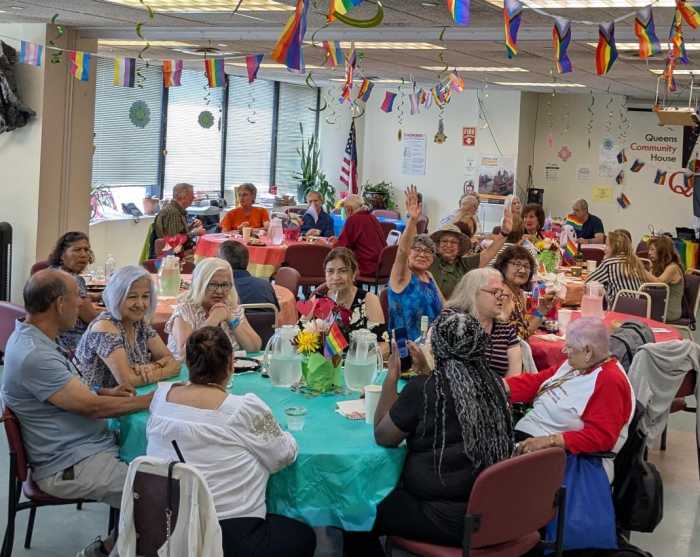On World AIDS Day, The Times continued its negligent reporting on an epidemic
It has been said of the New York Times that it underwent a transformation more than a decade ago. The Gray Lady, which had been so hostile to homosexuals that it would not use the word “gay” in its pages, had turned pink. Suddenly, the Times was gay all over.
Judging by the newspaper’s World AIDS Day coverage and its clear disinterest in the resurgent HIV epidemic among gay and bisexual men, I would say that the pinkish hue observers noticed resulted from embarrassment at not covering the AIDS epidemic in the 80s. The Times seems to have gotten over its embarrassment.
On December 2, The Times commemorated World AIDS Day with prime editorial real estate, for sure. On page 1, above the fold, the newspaper featured a picture of an AIDS memorial the day before in San Francisco. Apparently Times editors, however, felt that nothing newsworthy happened regarding AIDS in New York City that day.
Other New York City news outlets obviously disagreed. They found plenty of Big Apple events to cover on December 1. A number of local television stations managed to get all the way up to the Cathedral of St. John the Divine to pursue stories there.
The Daily News and the New York Post actually sent reporters to Gracie Mansion to cover a morning reception put on by Mayor Michael R. Bloomberg. There the mayor announced that he had created a commission to advise him on AIDS policy.
Later that day, when Housing Works and Christine Quinn and a number of her City Council colleagues held a press conference on the steps of City Hall where they expressed their objections to that commission, those same News and Post reporters got up from their desks and went all the way outside the building to cover it.
Newsday, which has consistently provided excellent coverage of AIDS and HIV, ran a small photo box, but at least that newspaper used pictures of events that happened in New York.
The Times story, or its absence, is not a surprise. The newspaper has improved its coverage of the queer community just as its coverage of AIDS has gotten better. But its coverage of HIV among queers is dismal. It always has been.
In his autobiography “The Times of My Life and My Life with The Times,” Max Frankel devotes an entire chapter to the newspaper’s failure to write about AIDS for years.
After 1986 there was an increase in the amount and quality of AIDS stories, but that didn’t last long. After his death in 1993, the newspaper published a story by Jeff Schmalz, a longtime reporter there, titled “What Ever Happened to AIDS?”
Apparently the answer to that question is AIDS magically disappeared. In 1996, The Times magazine published “When Plagues End: Notes on the Twilight of an Epidemic” by Andrew Sullivan. He did not explain how this miracle occurred.
On November 26 of this year, the federal Centers for Disease Control and Prevention announced that HIV diagnoses in 29 states grew 5.1 percent from 1999 to 2002. The CDC reported that this increase was driven entirely by new infections among gay and bisexual men.
The period under study began three years after Sullivan declared an end to AIDS and he should finally be recognized as a goddamn fool for writing that piece. The editors at the Times are greater fools for publishing it.
More recently, hundreds of gay men and lesbians packed a town meeting at the Lesbian, Gay, Bisexual and Transgender Community Center to talk about rising HIV infections among their peers. The level of concern in this community could not be more clear. Where was the Times? Not at that meeting.
That omission is remarkable because Harvey Fierstein, the meeting’s moderator, published an editorial in The Times on July 31 headlined “The Culture of Disease” that dealt with growing HIV infections among gay and bisexual men. I guess one section of the newspaper is paying attention.
The Times has reverted to form. Just as it could not be bothered covering dying faggots in the early 80s, that newspaper does not have any interest in them now




































